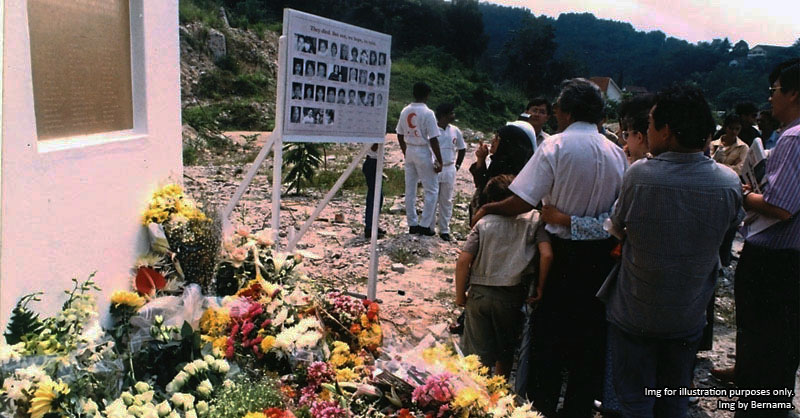Malaysia’s deadliest landslide happened 3 years after the Highland Towers. Have you heard of it?

- 539Shares
- Facebook455
- Twitter5
- LinkedIn9
- Email16
- WhatsApp53
When talking about the Highland Towers, the newer generation would probably think of ghost stories, particularly ones involving taxi drivers picking up customers late at night who are actually… ghosts. There’s even a local horror movie made about the towers, and countless paranormal investigators and thrill seekers frequented the now abandoned buildings in hopes of seeing a restless spirit or two.
The older generations or urban lore enthusiasts, however, would remember Highland Towers as the site of one of the most horrifying disasters in Malaysian history, where a total of 48 people perished in December 1993 when one of the three towers collapsed in a landslide, trapping them under mud and rubble. It was said that the rescuers heard voices and knocking from under the rubble up to the seventh day after the building collapsed, which would mean that some of the inhabitants died a slow, painful death.

The landslide was believed to have been brought on by days of continuous rain. Due to fears of instability, the other two blocks were evacuated as well. Today, the Highland Towers are abandoned, becoming a haven for ghost hunters, criminals, and drug addicts alike, much to the annoyance of the people living nearby. Other than urban legends, the incident became a cautionary tale for slope safety and started a sort of movement to better prepare Malaysia for disasters.
Among other things, the tragedy prompted the Cabinet Meeting in May 1994 to form the Special Malaysia Disaster Assistance and Rescue Team (SMART), a disaster rescue team with members drawn from the Royal Malaysian Police (RMP), Malaysian Armed Forces (MAF) as well as the Fire and Rescue Department of Malaysia. A mechanism under the National Security Council (MKN) was also formed and later implemented as MKN Directives No 19 and 20, both dealing with the management of emergency and rescue operations.
While the Highland Towers tragedy is probably the most famous, it wasn’t by far the worst landslide tragedy to befall Malaysia. Not saying that it’s a competition, but…
Landslides can do a lot more damage than seen in the Highland Towers incident
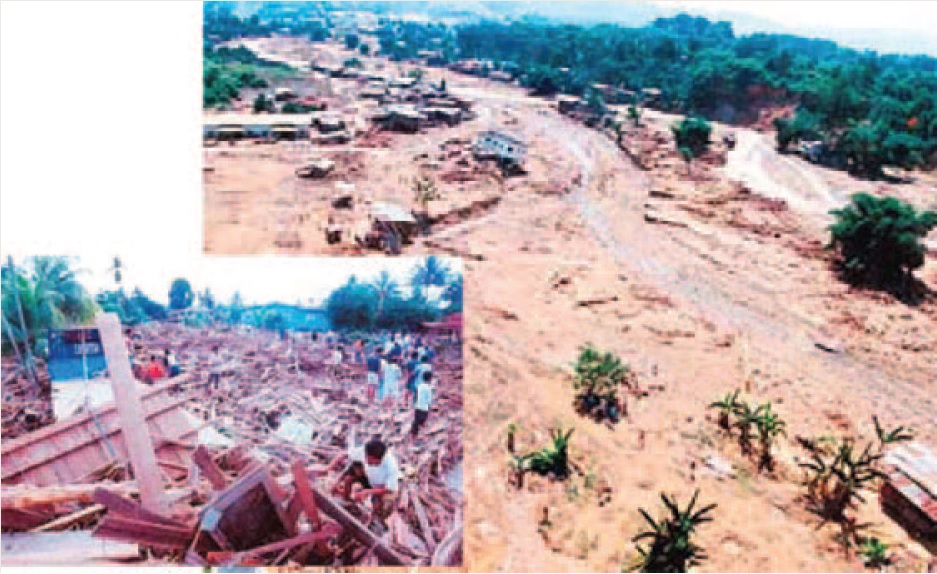
Three years after the Highland Towers incident, the folks in Sabah are experiencing some harassing from a tropical storm named Greg. The storm brought about huge amounts of water with it in the form of rain, and this water mixed with the soil near a place called Keningau to form what geologists call a debris flow.
Basically, it’s a landslide in liquid form. A debris flow is a type of landslide where a huge quantity of water mixes with soil and a whole mess of other stuff like large rocks, trees, wood and assorted dirt to form something like mud, but not quite. Very heavy liquid form. For reference, here’s what a debris flow looked like:
Now imagine something like that at a much bigger scale sweeping through several villages in Keningau, Sabah. According to the Jabatan Kerja Raya (JKR), this particular incident currently holds the record for the highest number of fatalities for a single landslide incident in Malaysia so far, with 302 recorded deaths. That was about half of all recorded deaths due to Malaysian landslides between 1961 to 2011, which is more than 600 people in all.
However, landslides don’t only cause death; they can be expensive as well. The Slope Engineering Branch (CKC) of the Public Works Department (JKR) estimated a total of RM3.0 billion in damages due to landslides between 1973 to 2007 based on news reports, with the costliest one being a landslide on the NKVE at Bukit Lanjan in 2003, which was estimated to cost RM836 million. By comparison, the Highland Towers incident was estimated to cost RM184.9 million in damages, and the Keningau disaster RM458.9 million.

While the Bukit Lanjan landslide thankfully recorded no fatalities, it took a lot of time and money to repair, and traffic in the surrounding area was disrupted for half a year while repairs were being done. With the amount of damage it caused, some may be surprised to know that…
Apparently, landslides happen a lot in Malaysia

In 2011, it was estimated that Malaysia experienced an average of about 100 landslides annually. Some get reported, while some happened quietly by themselves away from people. It might be worth noting that the first national tragedy since Malaya got her independence was a landslide. On 11th of May 1961, a landslide occurred in Ringlet, Cameron Highlands that injured 35 people and killed another 16. We’ve got landslides even before that, but that’s the British’s problem, eh?
Anyway, the point is that landslides have been a problem for a long time, and we still lose people to them as recently as last week. Are they unstoppable natural disasters? Sometimes, but not always. Very simply, a landslide is what it name implies: land sliding down a slope. To have a landslide, you have to have a slope. Sometimes, chunks of land break loose from the ground it’s on, and gravity pulls it down the slope, creating a landslide.

But land doesn’t just spontaneously decide to break off and slide down a slope; if it does, we’d have no mountains today. While some of the factors for landslides are natural, like earthquakes, most of the landslides that had happened so far are either directly or indirectly caused by human activity. Due to flat areas ideal for construction being used up, sometimes slopes have to be cut in hilly areas to make space for roads and buildings. If the slopes cut are too steep, they can become unstable.
In construction, the earth cut from slopes have to be dumped somewhere, and sometimes contractors just pour it down the sides of other slopes. This can create a loose layer of land that may become a landslide in the future. Deforestation or clearing a slope of vegetation removes the plants that help hold the slope together, and constructing buildings on slopes puts a load on the soil layers, pushing them down. A nearby mine or quarry can slowly shake the layers loose if they use explosives to break up rocks.
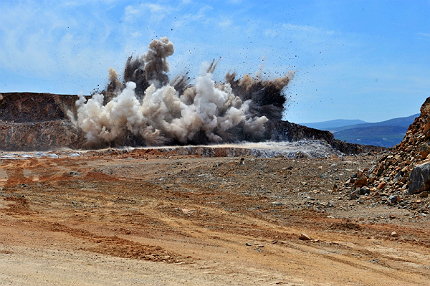
If all of these factors are the different fillings of a terrible landslide sandwich, then heavy rain is the bread that holds them all together. The massive amounts of water brought by prolonged rain further weakens the structure of already weakened slopes, triggering landslides. So now that we more or less know what landslides are and how they happen… so what can be done about them?
Landslides aren’t the responsibility of the gomen alone
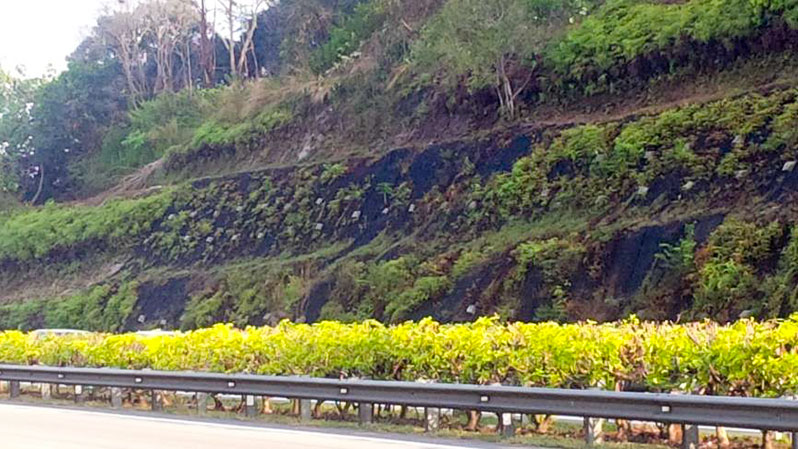
When it comes to slopes, the authority is indeed the government, specifically three departments: the Public Works Department (JKR), the Department of Mineral and Geosciences (DMG) and the Centre of Remote Sensing (MACRES). Essentially, when a landslide happens, like when a slope by a roadside collapses or something, the JKR will repair it. But that’s not the only thing they do. They also assess the safety and stability of slopes as well, and determine what to do with unsafe slopes. The DMG and the MACRES, on the other hand, are focused on sniffing out areas with a high risk of landslides and informing the government about it.
Following the NKVE rock slide, the gomen realized that we still suck at handling landslides, so a specialized Slope Engineering Branch (CKC) under the JKR was established. After intensive research, they have come up with a master plan that suggests ways to fix the holes in and streamline our landslide management system, like centralizing the current landslide warning systems and encouraging the government to spend more on landslide prevention measures rather than blowing it all on cleaning landslides up. You can find the master plan and accompanying reports here.
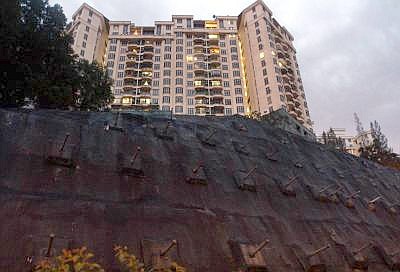
While they try to be, the government isn’t fully responsible for every single slope in the country. On private property, for example, the responsibility of assessing and maintaining slopes falls on the owner. There’s a whole lot of technicality when it comes to assessing slopes, so we won’t be covering it here. But you can follow this link for a starter course. Maintaining slopes, on the other hand, can be done by your everyday civilian.
There are methods employed to reduce the risk of landslides on slopes. Retaining walls can be built into steep slopes to contain the slopes’ earth. Less steep slopes are covered with either guniting (a sort of cement-sand glue), stone pitching, fabric covers or vegetation, like bamboo orchids (Arundina graminifolia) and that blue flower used to color nasi kerabu (Clitoria ternaeta). Good water flow is also maintained through the building of channel and drains.
Basically, maintenance involves making sure that each of these methods are holding up well. A brochure published by the CKC recommends that slopes be inspected at least once a year, and this involves, among other things, making sure there is grass on slopes, inspecting weep holes and drains for blockages, see if there are cracks or potentially-crack-causing plants on the slopes, checking drains for debris, and looking out for damaged drains and water pipes.
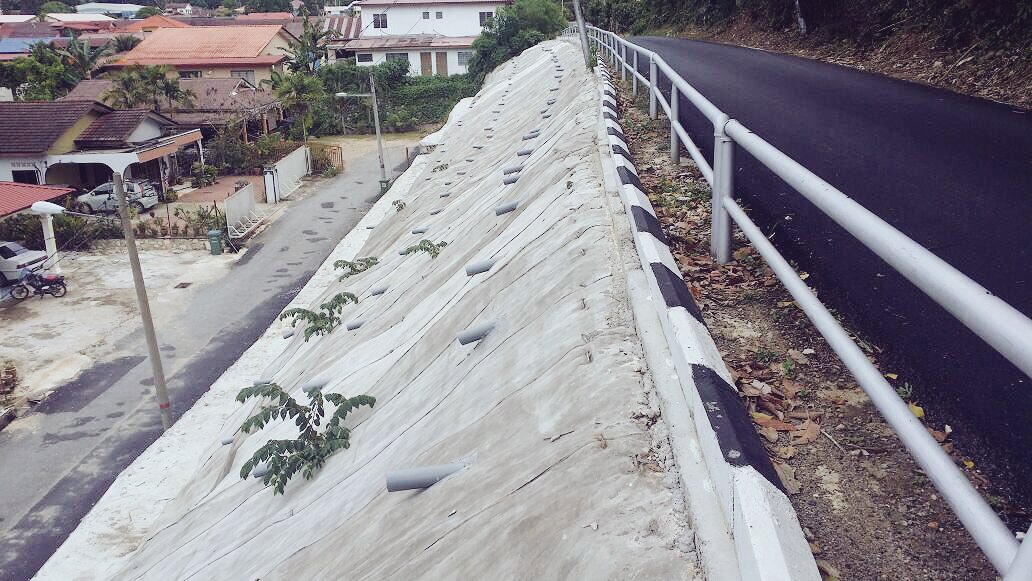
But what if the drains are already full of debris or the slopes are already bare? Well, the next thing to look out for are signs that show that a slope is failing, or in the process of sliding. If you own a home on top or near a slope, you can notice the signs of slope failure on your house: cracks, obviously, and structures moving from their original positions, like a staircase or pillar that suddenly moves forward a bit or something. You may notice slanting power lines or trees as well. An interesting sign is a door or window jamming for the first time; that would mean that your house just got crooked recently.
Outside, roads may develop cracks that widen with time, and since water plays a big part in landslides, unexplained puddles appearing in new places or gushing out from inappropriate places can be warning signs, too. This can also manifest in bulges at the base of a slope-retaining wall or water just plain oozing out of a slope’s base. When these signs occur, you can report it to the CKC by calling them at 1-300-888-557 or 03-2610 8888.
But what do I do if a landslide is already happening?
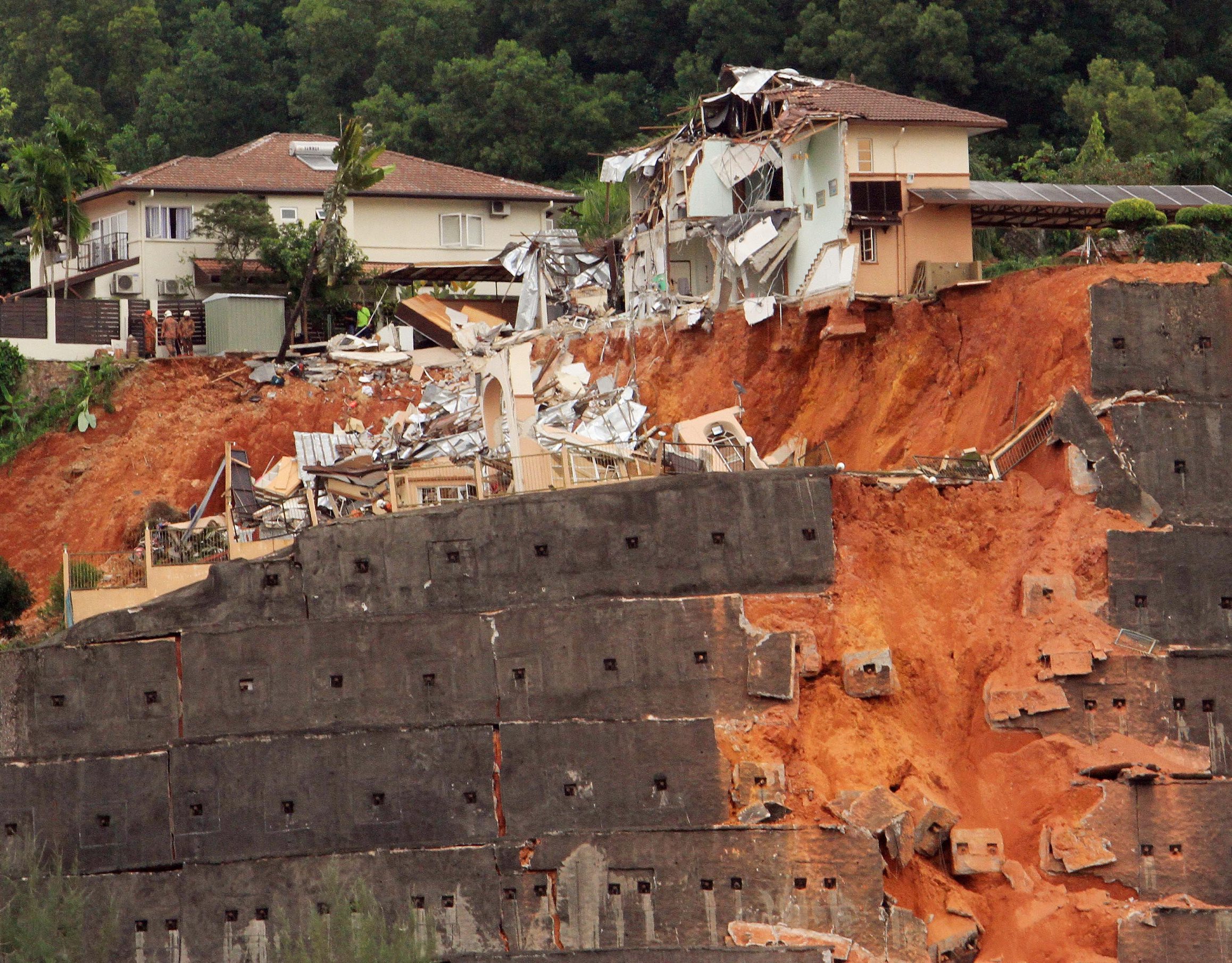
If you live in a place with a risk of landslides (basically any area with slopes), knowing the signs can give you a few moments’ head start to escape. As discussed above, heavy, continuous rain often act as triggers for landslides, so being alert when this happens can pay off. When a landslide happens, it is often accompanied by a sound: it could be a faint rumbling that grows louder as the landslide nears, or it could be distinct, unusual sounds that you don’t hear every day, like breaking wood and boulders knocking together.
If you live near a river, pay attention to the water level. A sudden rise in water level accompanied with murkiness or floating debris could signal a landslide on its way. A sudden drop in water level even though it’s still raining or just stopped can mean the same thing. When this happens, there are a few things to do. The first one would be informing the neighbors who could also be affected and help them evacuate, as they may not be aware of what is happening. Get out as soon as possible, and if you can see the approaching wave of earth, try to run across its path rather than away from it, as you may not be able to outrun it.
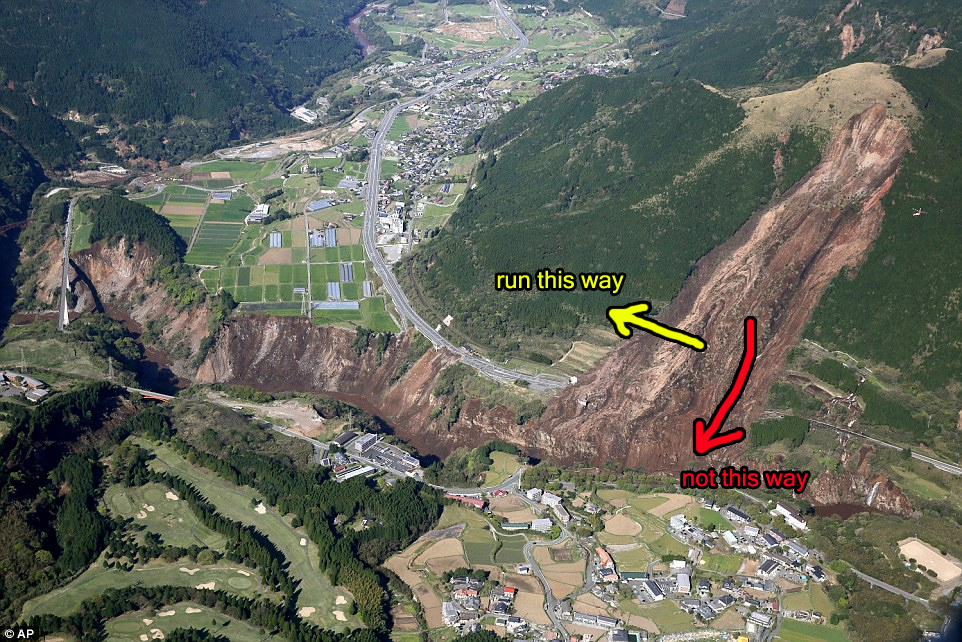
But what if you’re trapped inside, say, a high-rise apartment or condominium and couldn’t get out in time? A good bet is to try and get to the highest floor, as there is anecdotal evidence that ground floors usually get swept away by a landslide. If you can’t get out or go higher, the CKC suggests that you sit under a sturdy piece of furniture and curl up into a ball to increase your chances of survival.
After the landslide had run its course, it would be wise to stay away from the slide area for a while, as additional slides can still happen. Keep your ears open for strange sounds, as trees and boulders can still fall down the affected area. When it’s safe, check for survivors if you can, and direct rescuers to the area as fast as you can, as generally it was estimated that the window of time to save trapped survivors is only two hours.
Finally, look out for people who may require assistance: infants, elderly people, disabled persons, people with no vehicles, and families with a lot of children. If possible, take them to the nearest relief or operation center. Flooding can happen in the aftermath, and staying away from the water is a good choice, especially if there are damaged power lines nearby as you can get shocked.
- 539Shares
- Facebook455
- Twitter5
- LinkedIn9
- Email16
- WhatsApp53

